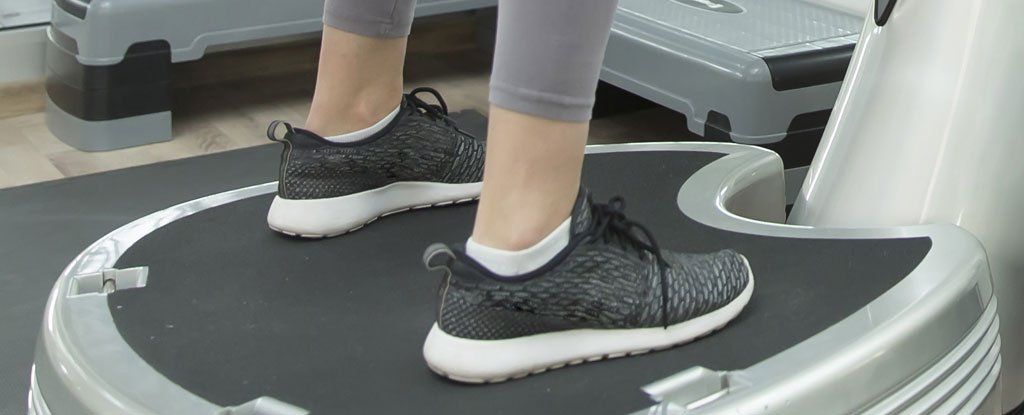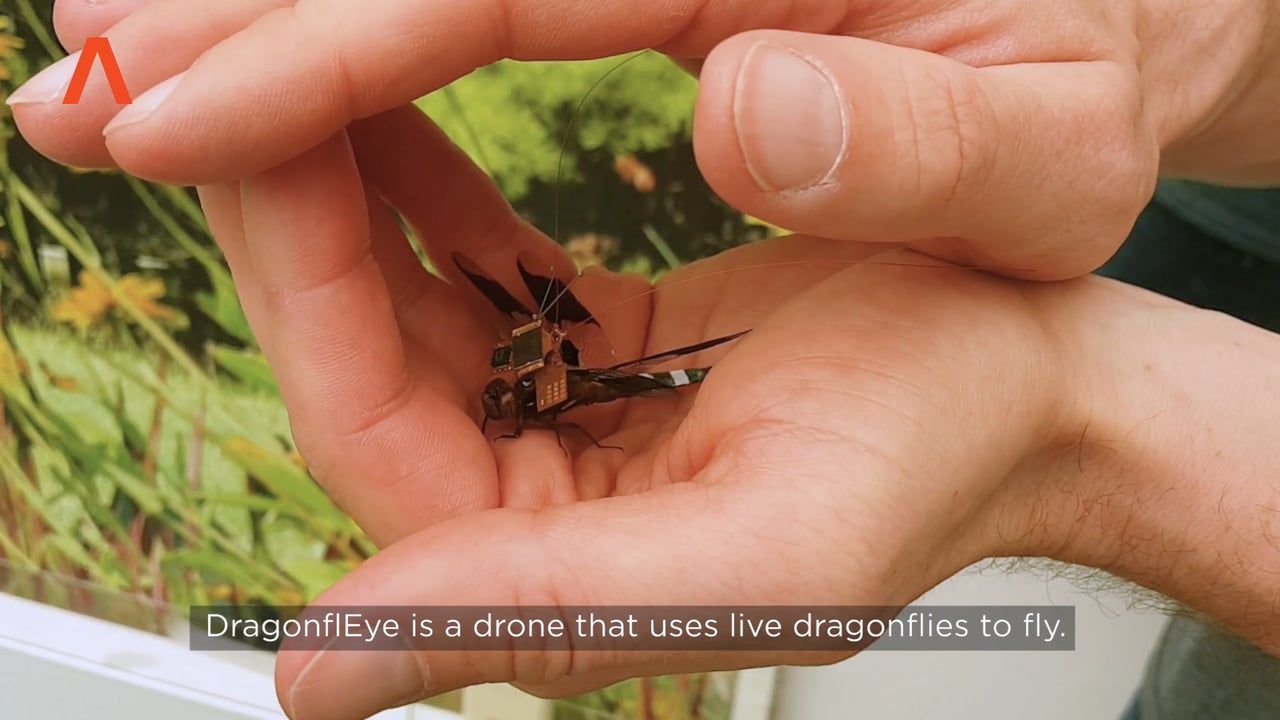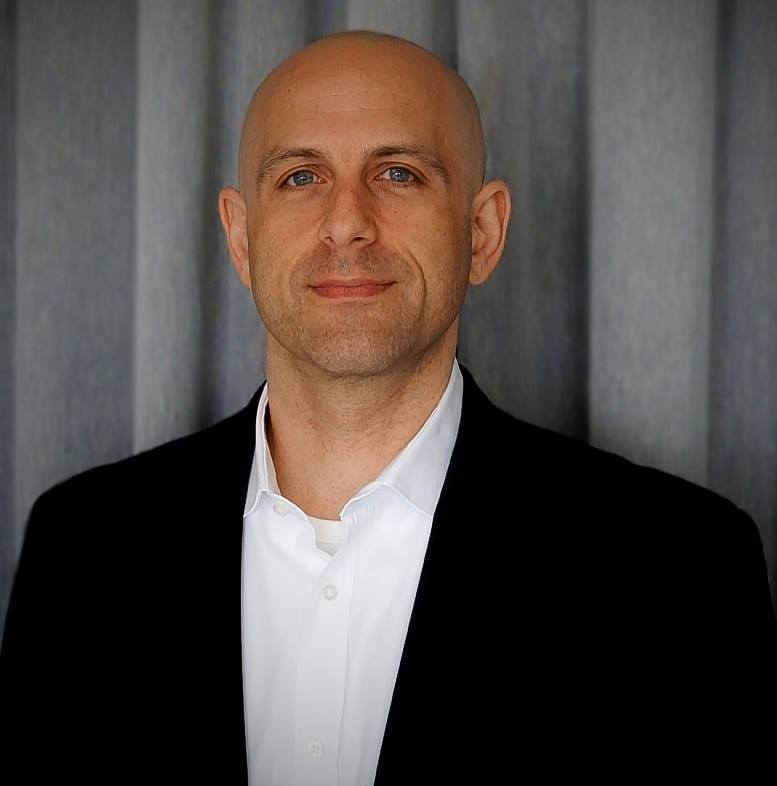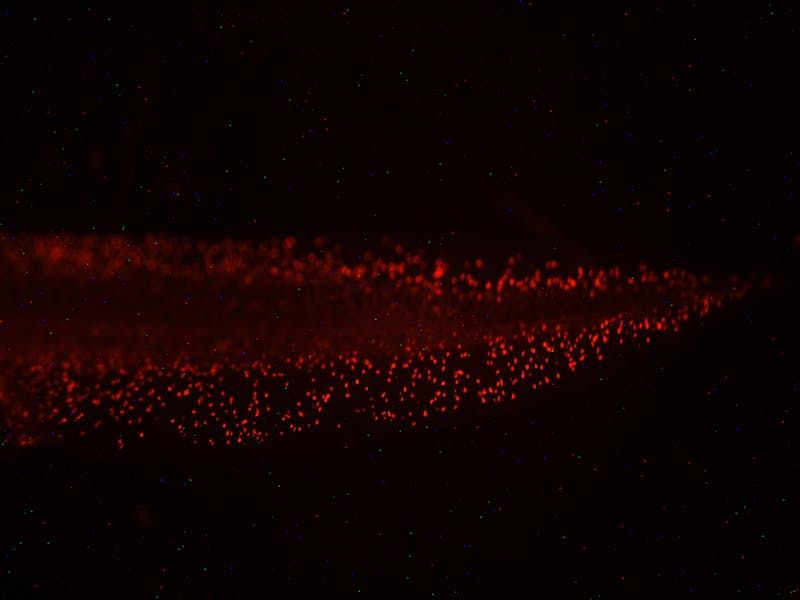UK billionaire investor believes rejuvenation biotechnology will be the next mega-industry.
Many of you may already know about billionaire entrepreneur Jim Mellon and his interest in rejuvenation biotechnology. But for those of you who do not, we would like to introduce you to him and his exciting work.
About Jim Mellon
Jim Mellon is an entrepreneur and investor with interests in several sectors. He also holds a Master’s degree from Oxford in Politics, Philosophy and Economics. From the mid 1980s he worked as a fund manager in Asia and later in the United States until founding his own company in 1991. Jim is the Co-Chairman of Regent Pacific Group Limited, Chairman of Manx Financial Group plc, Chairman of Plethora Solutions Holdings plc, and Chairman of Port Erin Biopharma Investments Limited. He is also a non-executive director of Charlemagne Capital Limited, Condor Gold plc; West African Minerals Corporation; Kuala Innovations Limited and 3Legs Resources plc; and is also a director of Portage Biotech Inc. Jim has been in the top 10% in the Sunday Times Rich List for several years.








